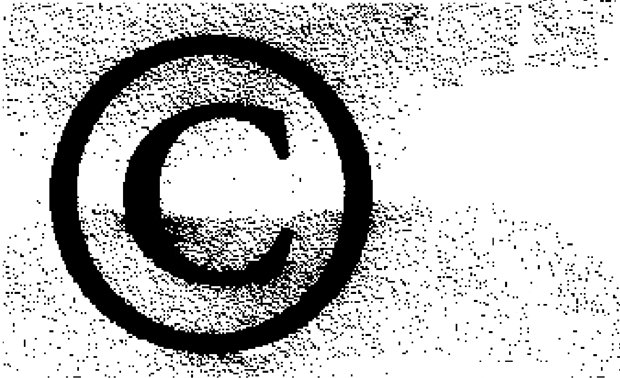
words William Wiles
The Egyptian government wants to copyright the Pyramids. Fed up with the cost of maintaining the world’s most famous landmark, and other antiquities of similar mindbending age and importance, it plans to charge anyone who copies them without permission. The new law, which is expected to clear the Egyptian parliament with ease, would only apply to full-scale replicas of these monuments and treasures. The replica would have to be exact to fall foul of the new law – the pyramidal Luxor Hotel in Las Vegas, for instance, is apparently safe because it’s full of minibars, not funerary chambers. It is not yet clear who, exactly, the Egyptian government plans to shake down, or if it is even able to enforce the law at all.
The story will, however, confirm many people’s prejudices about copyright – that it has more to do with protecting profits than it has to do with protecting artists. After all, the nameless masons who designed the Pyramids have been dead for millennia – if copyright expires 70 years after an artist’s death, as is the case under UK law, the Pyramids would have been in the public domain two thousand years before the birth of Christ.
As technology makes copying easier, copyright tries to make it difficult again. Early forms of copyright law emerged in the 17th and 18th centuries as the printing press made the reproduction of books easier. The law took its modern form in the 19th century, as inventors wanted protection from plagiarists and governments wanted protection from trading rivals. The result was the Berne Convention of 1886, the first international standard of copyright, which settled the matter once and for all and put an end to copyright disputes.
Of course, it didn’t. Far from it. Copyright battles have raged ever since, increasing in intensity and scope as the technology of copying has improved. Photography, radio, cinema, photocopying, audio cassettes, videos, floppy discs – each fresh technology has meant the law has to be re-examined, and has revived the debates around it. The internet has caused the greatest crisis yet for industries that rely on monopolies over creative works, such as record labels and film studios – rapid prototyping could cause a similar upheaval for manufacturers.
Designers suffer conflicting feelings about copyright. It’s obviously devastating for a young studio to discover that its breakthrough product has been ripped off by a factory in the Far East, which is churning out cut-price low-quality replicas of it. But designers appreciate that there is more to creativity than individual geniuses creating discrete products in isolation. They see that ideas pollinate each other, they see the value of splicing and remixing, and they see that creativity is a living process and not simply a collection of unique objects.
The theft of ideas is obviously wrong. It feels wrong on a gut level. Yet it also feels unjust for a multinational record company to sue a young musician for using a three-beat sample of copyrighted music as part of a new composition. And, again on a visceral level, the free exchange of ideas, with creators ripping, splicing, remixing and mashing-up each other’s work, feels positive, good for culture, good for art, and, overall, good for creativity.
And so the debate rages. The pro-copyright lobby has money, lawyers, power, the quiescence of megastars and the backing of states and corporations. The copyright reform movement has on its side numbers, provocative and fertile creativity, the aura of youth, passion and rebellion, and a sense of inevitability – technological change works in its favour. Copyright may mutate, but as long as creators, artists and inventors need protection from plagiarists and thieves, it will not disappear. Imitation is deeply rooted in human nature. We’re apes, and the verb “to ape” does not mean to create or destroy – it means to copy.


















